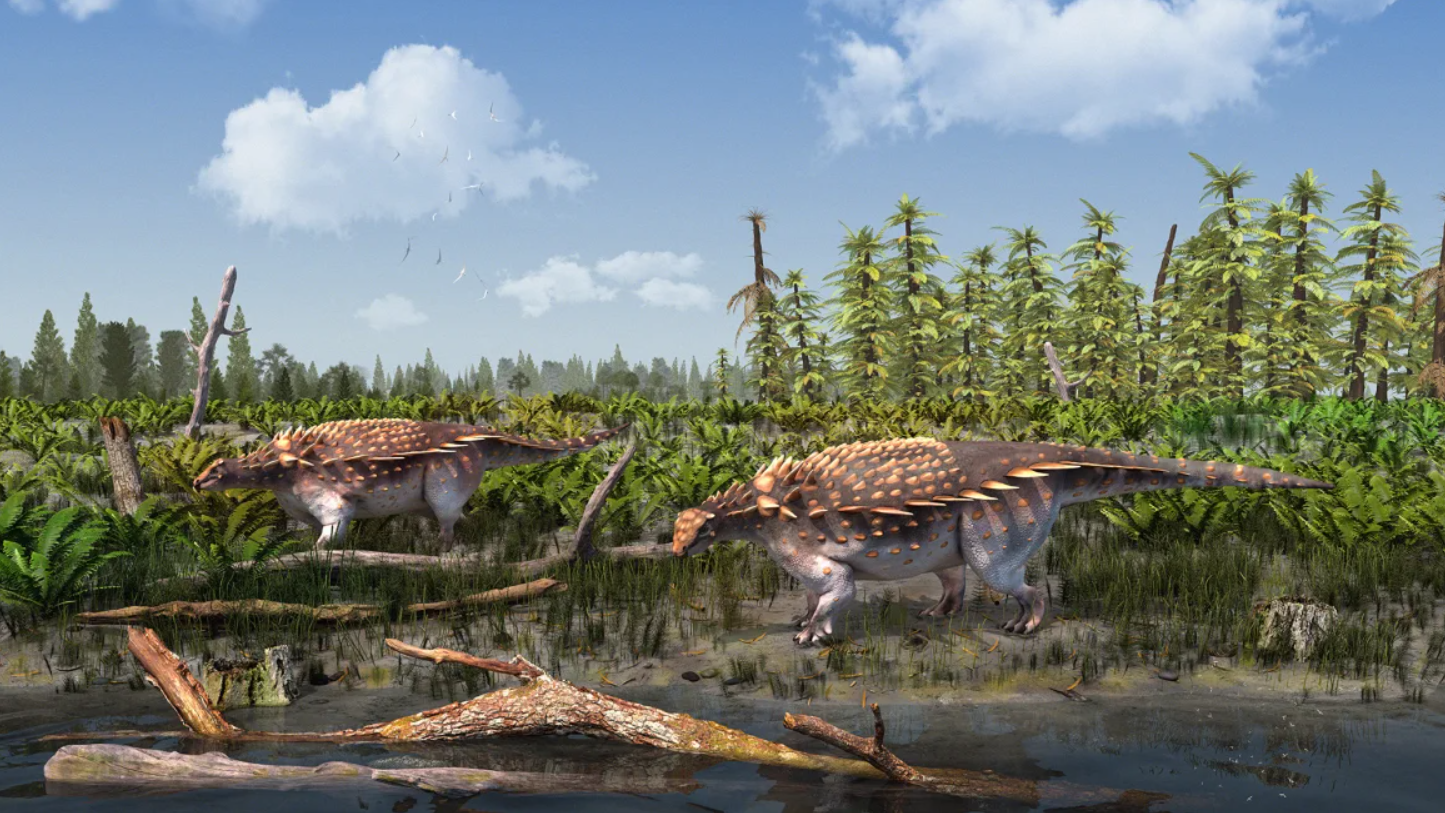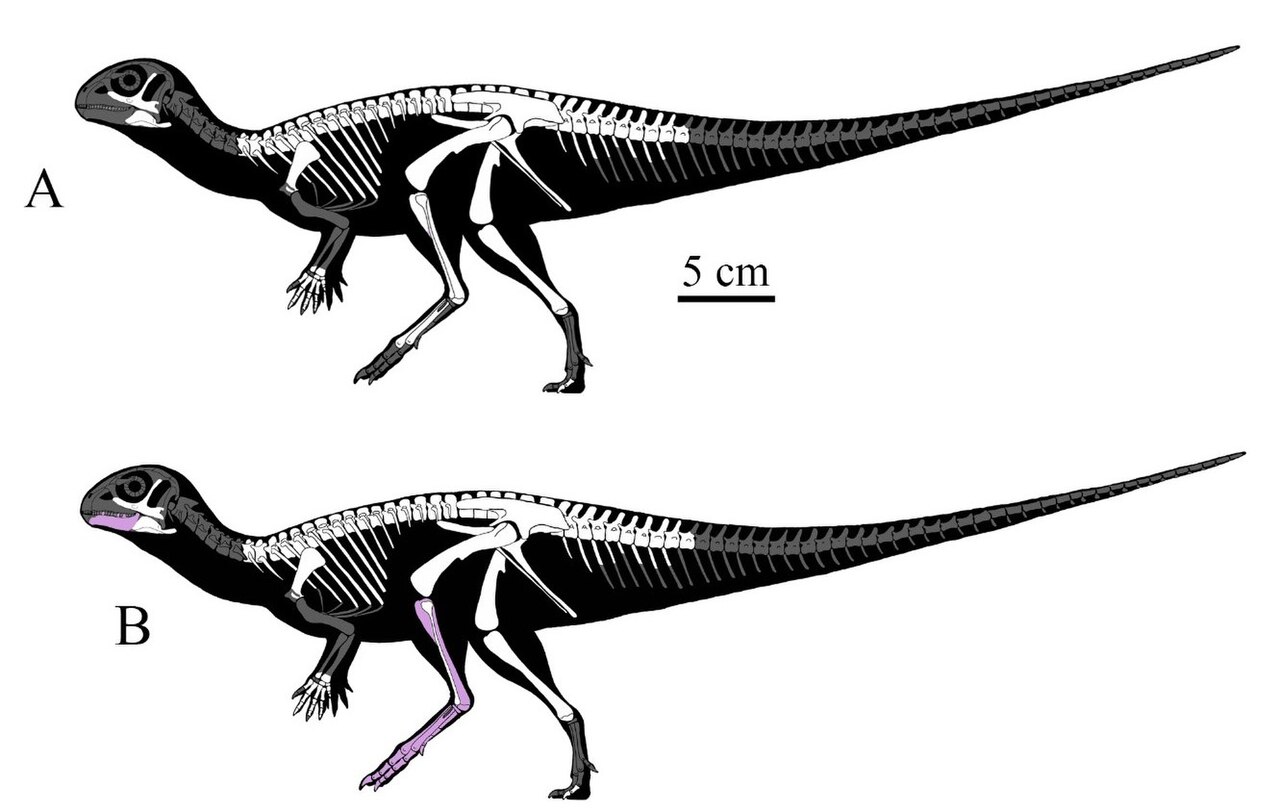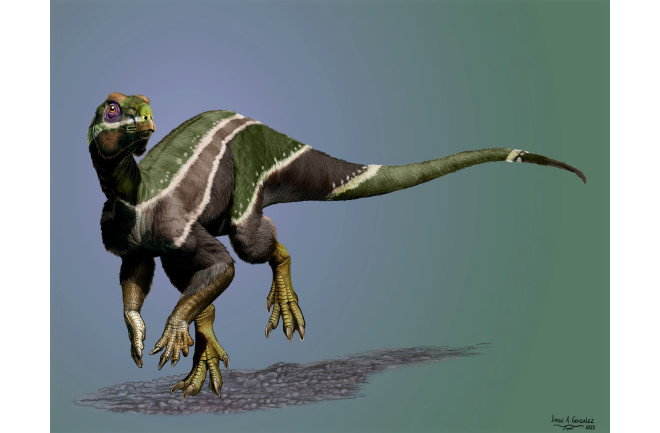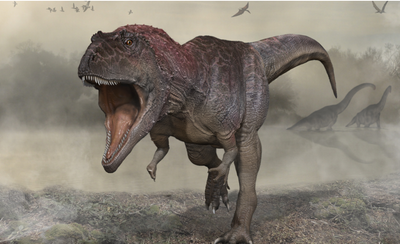The Latest Dinosaur Discoveries and Breakthroughs
Alan Grant on Dec 22nd 2023
In the ever-evolving field of paleontology, the enduring fascination with dinosaurs is perpetually fueled by a continuous stream of groundbreaking discoveries and technological advancements. Enthusiasts and scholars alike strive to stay up-to-date with the most recent and exciting dinosaur research, as this article aims to delve into the latest breakthroughs that have unearthed new dimensions of prehistoric life.
Delving into the History of Dinosaurs
The history of dinosaurs spans a vast expanse of time, unveiling a saga of Earth's prehistoric inhabitants that began over 230 million years ago. The early 19th century marked the inception of dinosaur discovery when fossilized bones were unearthed, leading to the establishment of the term"Dinosauria" by Sir Richard Owen in 1842. This classification set the stage for the exploration of a diverse group of reptiles that roamed the planet for millions of years. The Mesozoic Era, aptly named the "Age of Dinosaurs," unfolded with the Triassic, Jurassic, and Cretaceous periods, each witnessing the emergence of unique species that adapted and thrived in varying ecosystems.
During the Triassic Period, small bipedal dinosaurs like Eraptor and Herrerasaurus marked the humble beginnings of these ancient creatures. The Jurassic Period showcased iconic giants such as Brachiosaurus and Allosaurus, while the Cretaceous Period introduced the formidable Tyrannosaurus rex and Triceratops. The zenith of dinosaur diversity gave way to the lush landscapes of the Mesozoic, only to conclude abruptly with the Cretaceous-Paleogene extinction event approximately 65 million years ago.
This cataclysmic event brought about the demise of three-quarters of Earth's species, including the majority of dinosaurs, paving the way for the rise of mammals and the evolution of life as we know it today. The history of dinosaurs, etched in fossilized remains and scientific exploration, continues to captivate our imaginations and serves as a testament to the dynamic and ever-changing nature of life on our planet.
Recent Dinosaur Discoveries
Recent years have borne witness to extraordinary dinosaur discoveries across the globe, expanding our understanding of ancient ecosystems. In the vast deserts of Mongolia, the discovery of well-preserved dinosaur fossils has provided critical insights into the biodiversity of the Late Cretaceous period. Meanwhile, the plains of Patagonia revealed the colossal remains of a titanosaur, highlighting the ongoing importance of South America in dinosaur paleontology. These findings, published in journals like "Nature" and "Science," contribute to a growing body of knowledge that shapes our perception of Earth's prehistoric inhabitants.
Breakthrough Technologies in Paleontology
Advancements in technology have revolutionized the capabilities of paleontologists, enabling them to push the boundaries of discovery. LiDAR technology, as outlined in a study in the "Journal of Archaeological Science," has proven indispensable in mapping and identifying potential dig sites, facilitating targeted and efficient excavation. The advent of 3D printing, discussed in the "Journal of Cultural Heritage," has allowed for meticulous replication of delicate fossils, aiding both research and educational efforts. High-resolution imaging techniques, explored in "Palaeontologia Electronica," provide unprecedented details of fossil structures, transforming the way scientists analyze and interpret ancient remains.
Feathered Dinosaur Revelations
The revelation of feathered dinosaurs, particularly in the Liaoning province of China, has reshaped our understanding of these prehistoric creatures. Fossils of dinosaurs like Y i, described in the "Journal of Evolutionary Biology," showcase intricate feather structures, challenging traditional depictions of these reptiles. Such discoveries prompt a reevaluation of dinosaur evolution and suggest that feathers may have been more widespread than previously assumed. This ongoing research has profound implications for our perception of dinosaurs as dynamic and potentially feathered beings.
Insights into Dinosaur Behavior
Recent studies have shifted focus towards understanding the behavior of dinosaurs, providing a more holistic view of their lives. Observations of nesting and parenting behaviors, detailed in "Science Advances," reveal a familial aspect to certain dinosaur species. Additionally, examinations of trackways and fossilized social groups offer glimpses into the social structures of these ancient creatures. This behavioral insight enriches our comprehension of dinosaur ecosystems and interactions.
Paleogenomics and DNA Discoveries
The burgeoning field of paleogenomics has reached new heights, with successful DNA extractions from fossils capturing headlines. Studies published in "Nature" and "Current Biology" detail instances where genetic material has been extracted from well-preserved specimens. While the idea of genetic resurrection remains speculative, the genetic data extracted provides valuable information about the evolutionary relationships and adaptations of dinosaurs. Ethical discussions surrounding the potential implications of this genetic knowledge are ongoing within the scientific community.
Unusual Discoveries and Anomalies
The field of paleontology is not without its surprises, and recent findings have included remarkable anomalies. Abnormalities in skeletal structures, documented in the "Journal of Vertebrate Paleontology," challenge traditional views of dinosaur anatomy. Unusual adaptations, such as oversized crests or elongated necks, present intriguing mysteries for researchers to unravel. These anomalies not only capture the imagination but also prompt further investigations into the diverse forms that dinosaur life could assume.
Global Collaborations in Dinosaur Research
Dinosaur research has become a collaborative global effort, exemplifying the interconnected nature of scientific inquiry. International teams, documented in collaborative papers like those in "PeerJ" and "PLOS ONE," embark on joint expeditions and research projects, pooling resources and expertise. These collaborative endeavors highlight the importance of shared knowledge and diverse perspectives in advancing our understanding of Earth's ancient inhabitants.
New Developments in Paleontology
Soft Tissue and Protein Preservation
Recent studies have revealed the remarkable preservation of soft tissues and even proteins in dinosaur fossils. This includes the discovery of collagen and other proteins in fossils, providing unprecedented insights into the molecular makeup of these ancient creatures.
Paleopathology and Disease
Advancements in paleopathology have allowed scientists to study the prevalence of diseases and injuries in dinosaurs. This has led to the identification of various pathologies, such as osteosarcoma in a dinosaur tail, shedding light on the health and medical conditions of dinosaurs.
Paleobiogeography
Paleontologists have made significant progress in understanding the distribution of dinosaurs across the globe. Studies have revealed how land bridges, continental drift, and other factors influenced the migration and evolution of dinosaur species in different regions.
Virtual Paleoart and Reconstruction
The use of virtual reality and advanced imaging techniques has enabled paleoartists to create highly accurate and detailed reconstructions of dinosaurs and their environments. This has provided new ways for the public to engage with and visualize prehistoric life.
These developments represent just a few examples of the ongoing progress in the field of paleontology, demonstrating the dynamic nature of dinosaur research and the continuous evolution of our understanding of Earth's ancient inhabitants.
Notable Recent Dinosaur Discoveries
Vectipelta barretti
A new species of dinosaur with blade-like spikes for armor was discovered on the Isle of Wight, off the south coast of England. Named Vectipelta barretti, it is the first armored dinosaur, or ankylosaur, to have been found on the island in 142 years. The dinosaur is believed to be most closely related to Chinese ankylosaurs, suggesting that dinosaurs were able to move between Asia and Europe in the Early Cretaceous.

Minimocursor phunoiensis
A dinosaur skeleton uncovered by scientists in northeastern Thailand is likely that of a newly discovered species, Minimocursor phunoiensis, which was abundant 150 million years ago. The skeleton represents one of the best-preserved dinosaurs ever found in Southeast Asia. It is fairly complete from the base of its neck to the base of its tail, including a well-preserved hand. An analysis of the skeleton revealed that the dino is a new discovery and that it was not very big.

Iani smithi
Iani smithi was a big-jawed, plant-eating dinosaur that lived almost 99 million years ago in the mid-Cretaceous. It was a tough time to be alive, as increases in atmospheric carbon dioxide were causing warmer temperatures and higher sea levels. Iani smithi lived in what is now Utah, where habitat and food supplies were shrinking because of encroaching seaways and other geographical changes. This dinosaur is helping scientists better understand how ecosystems and individual species respond during periods of environmental change.

These discoveries highlight the ongoing excitement and activity in the field of paleontology, with new species being named at a rapid pace and providing valuable insights into the prehistoric world.
Implications for Our Understanding of Earth's History
The recent discoveries and breakthroughs in dinosaur research have profound implications for our comprehension of Earth's history. Insights into environmental conditions during different dinosaur periods, elucidated in studies in "Paleobiology" and "Palaeogeography, Palaeoclimatology, Palaeoecology," offer a window into the ancient ecosystems that shaped these creatures. The interconnectedness of various dinosaur species and their environments, explored in multidisciplinary research, unveils a complex web of relationships that influenced the course of prehistoric life. These revelations provide critical context for understanding broader ecological and geological processes throughout Earth's history.
Challenges and Future Directions in Dinosaur Research
Despite the strides made in recent years, paleontology faces persistent challenges. Preservation difficulties, outlined in "Journal of Paleontology," include issues of fossil decay, mineralization, and exposure to the elements. Funding constraints and resource limitations, discussed in "Palaeontologia Electronica" and "Journal of Vertebrate Paleontology," pose hurdles to the extensive and meticulous work required for paleontological research. However, the future holds promise. Ongoing technological advancements, increased interdisciplinary collaboration, and a growing global interest in paleontology suggest a bright trajectory for dinosaur research. Future breakthroughs may hinge on addressing these challenges while leveraging emerging technologies and innovative methodologies.
Conclusion
As we stay up-to-date with the most recent and exciting dinosaur research, we find ourselves on the brink of transformative discoveries. The continuous unveiling of dinosaur secrets, propelled by breakthroughs in technology and collaborative efforts, ensures that our understanding of these ancient creatures remains dynamic and ever-evolving. From feathered revelations to unusual anomalies, the world of dinosaur paleontology continues to captivate our imaginations, inviting us to explore the mysteries of Earth's distant past.

